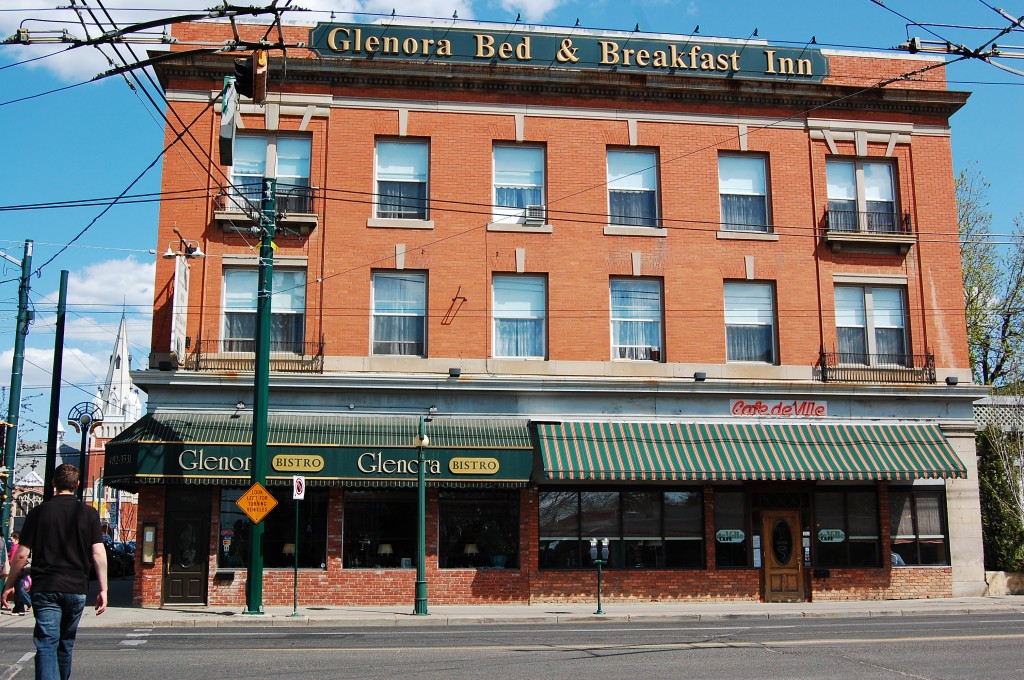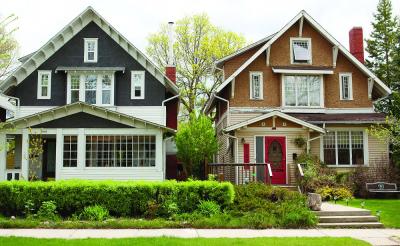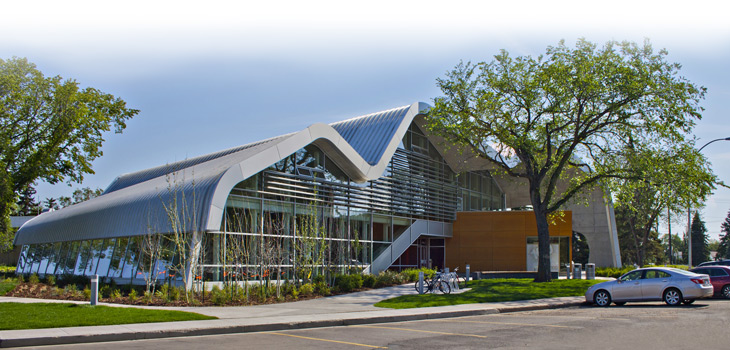Community Profile: Garneau, Strathcona, Bonnie Doon
Monday, April 28th, 2014The communities of Garneau, Strathcona, and Bonnie Doon neighbor each other from West to East, all bordering 82 Avenue to the north. Known to be exceptionally vibrant and culturally rich areas of Edmonton they are always trendy spots to visit, and make for lively neighborhoods to live in. With easy access to south-side amenities, the University of Alberta campus, and river valley and ravine trails, there’s something for everyone.
Garneau runs along 82 Avenue from 107 Street to 112 Street, spanning to it’s northern border of Saskatchewan Drive. Formerly a community in the city of Strathcona, it was adopted by Edmonton in 1912, making it one of the oldest south-side communities. Garneau takes it’s name from an original inhabitant of the time, Laurent Garneau, a consort of Louis Riel and successful trader with the Hudson’s Bay Company.
Garneau is notable for the trendy shopping district of Whyte Avenue; dotted with boutiques, cafes, and a plethora of nightlife venues. In the summer months it is a bustle of activities and festivals, when shoppers flood the sidewalks, and cafes and bars open their patios.
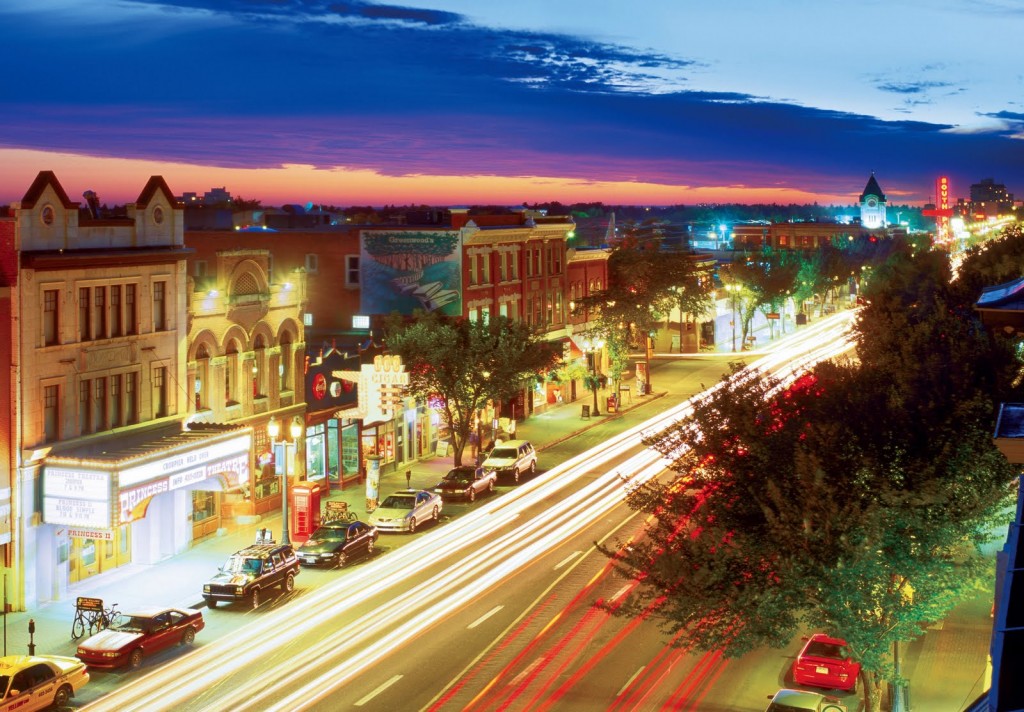
Whyte Avenue at night. Image Credit Travel Alberta
Garneau properties are comprised mostly of rental units predominantly occupied by Univerisity Students living in the hi-rise apartments so popular to the area. There is also a mix of single family dwellings, and homes considered Heritage Sites by the City of Edmonton.
Click here to view properties for sale in Garneau.
With Whyte avenue shopping spilling over into Strathcona, one of Edmonton’s oldest conversions, the area maintain a freshness and vibrancy as a major cultural center for Edmonton’s arts community. The area is home to the Edmonton Arts Barns which houses the popular Old Strathcona Farmer’s Market as well as the Fringe Theatre Company, not to mention the scores of restaurants, coffee shops, and boutiques running along Whyte Avenue.
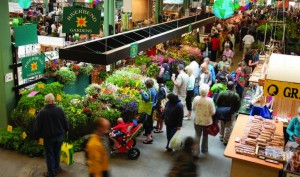
Old Strathcona Farmer’s Market. Image Credit where.ca
The former city and it’s many communities were incorporated into Edmonton in 1912, and this area in heart of Strathcona maintained it’s original name. Like Laurent Garneu, Lord Strathcona was an important figure in the Hudson’s Bay Company.
Strathcona neighbors Garneau to the East, picking up where it leaves off at 107 Street and continues until it’s natural border ending at the Mill Creek Ravine. It too spans 82 Avenue to Saskatchewan drive, meaning a majority of its boundaries lead to scenic river valley walking trails. Around three-quarters of the residences in this area are apartment style buildings, mostly rentals, while the remainder are comprised of single-family dwellings, row houses, and duplexes.
Click here to view Strathcona properties for sale.
Bonnie Doon neighbors Strathcona on the eastern side of Mill Creek Ravine, carrying on until Connors Road/83 Street. Interestingly, the land was named for Premier Ruthorford, but rather than taking his name his Scottish heritage was honoured; the name Bonnie Doon recalls the “pleasant, rolling countryside” of Scotland.
Bonnie Doon is home to Edmonton’s exciting French quarter, La Cité Francophone, a cultural centre for the Francophone community of Edmonton. Including the University of Alberta’s Campus Saint-Jean, and the trendy Cafe Bicyclette, where you can comfortably order your latte in English or in French.
Bonnie Doon has a more residential feel to it, as the bustling livliness of Whyte Avenue tapers off a few blocks before the ravine. There are more owner occupied residences of the area, which is comprised of more single family dwellings. It centers around the convenience of Bonnie Doon Shopping Centre, providing all the necessary amenities for living in the area.
Click here to view properties in Bonnie Doon.




